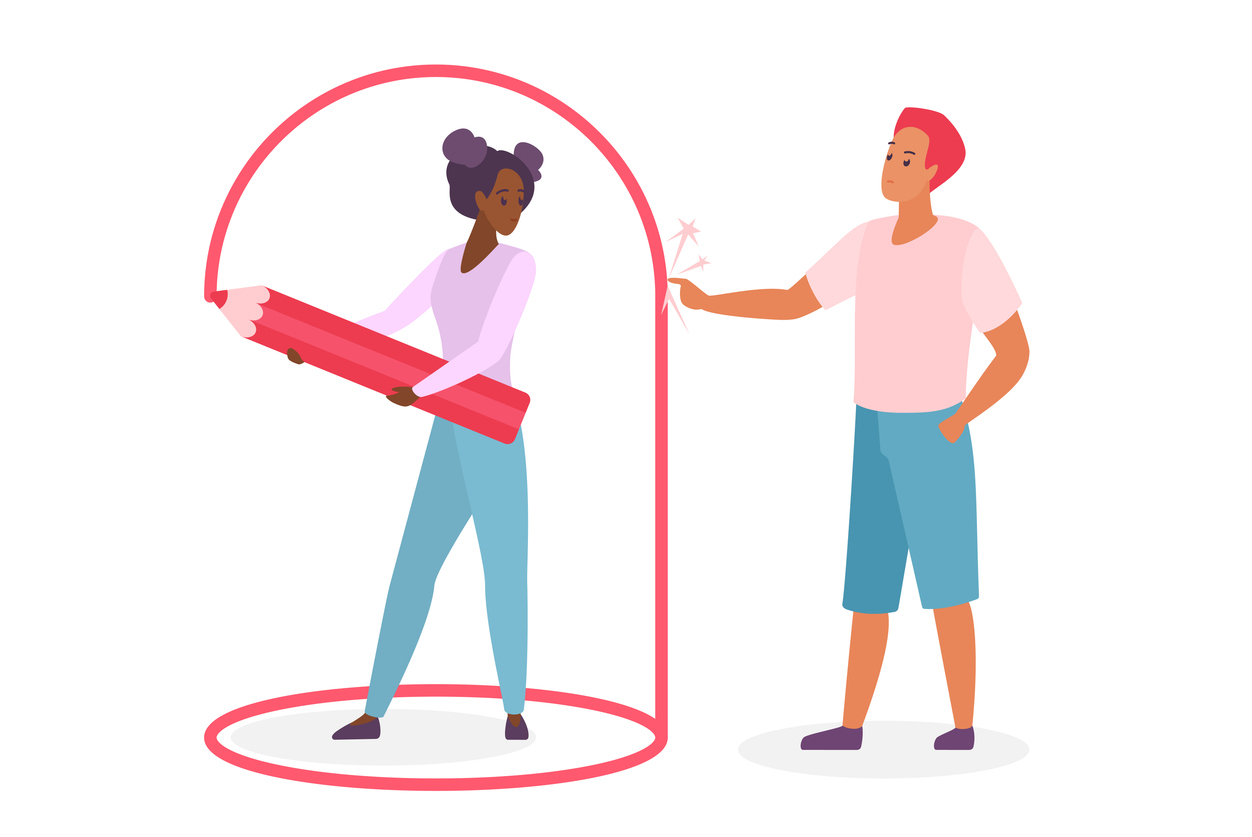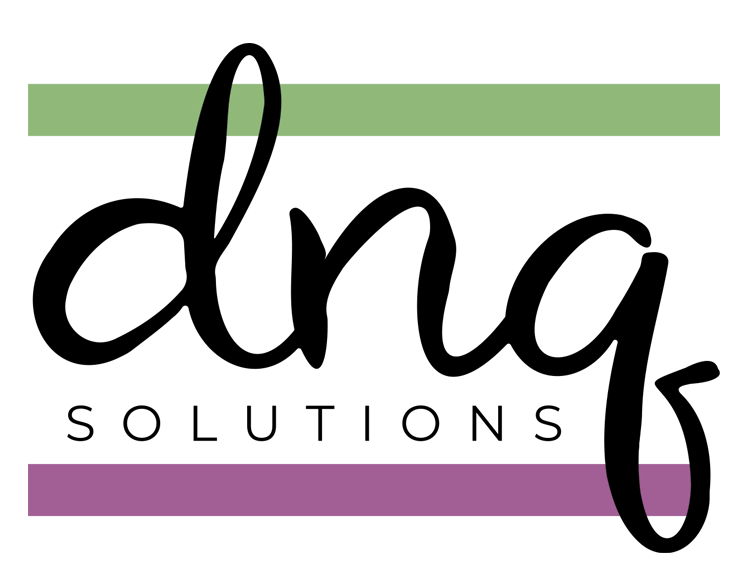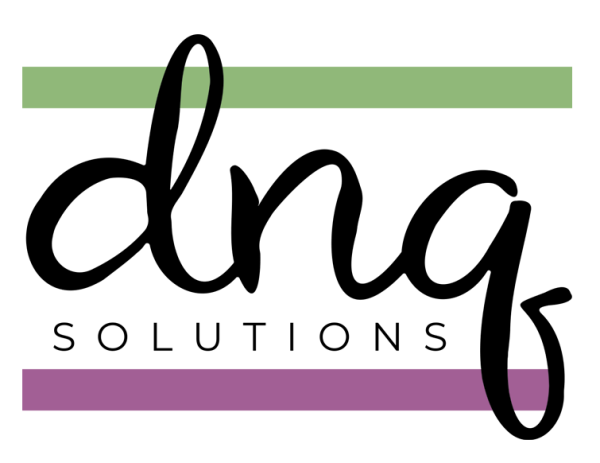
I wonder if you’ve ever thought about using boundaries to help with organizing your life. When I close my eyes and think about a boundary, I picture something physical – like a wall. However, most of my life I have used invisible boundaries to create limits. I used to tell my children they could run around and play on the beach up to the lifeguard chair. That was their invisible fence or boundary. I’ve used countless other invisible boundaries to place limits on some of things I do, and I bet you have also. When you organize your life using boundaries you will notice the ways in which the boundaries work for you.
Use Physical Boundaries to Organize Your Space
People tend to collect things. If we like books, we tend to have lots of them. If clothes or shoes are our thing, we may outgrow our closets. When this happens, our natural inclination is to look for other places to keep our collections.
We invest in more bookshelves or pile the books on the floor near the places we like to sit and read. Maybe we add a garment rack to hang clothes or clear boxes in which to place our shoes so we can stack them.
Before we know it, the physical boundary of our home is overwhelmed.
Instead, use the physical boundary the space provides and let it inform you when it’s time to declutter.
When the bookshelf is full and can’t hold another book, declutter the shelves to make room for the new books.
If the closet is so full you can’t sneak another hanger in, it’s time to let go of clothes you no longer wear.
The kitchen cupboards and drawers as well as the pantry are two other places that often fill up. If this happens to you, look for duplicates (or triplicates) keep the ones you use and rehome the remainder. Organizing your life through physical boundaries helps you keep clutter to a minimum.
Use Time Boundaries to Structure Your Day for Efficiency
Think about the hours in the day as invisible boundaries. Next make a list of the things that you do during the day.
Some things may be non-negotiable. For example: the hours you must spend at the office, time spent taking and picking up your children from school, or a volunteer commitment.
Other things may be optional.
Create a schedule for yourself that lets you make the best use of your available time.
This may change from day to day, week to week, or month to month. The important thing is to pay attention and make those changes to your time boundaries. Organizing your life through time boundaries helps you be more flexible.
Use Boundaries to Prioritize Your Well-Being
You are probably familiar with the example “put your oxygen mask on before helping the person next to you”. It’s very important to set boundaries for your well-being so you care for yourself.
When someone asks you to do something and you’re not sure about it or you know you don’t want to do it, but you also don’t want to offend the person protect your personal boundaries and have a mantra to use.
You can say “I need to go home and check our family calendar” or “I need to see if that will work with my other obligations” or “No”.
Believe it or not “No” or “Thank you for asking me, but my answer is No” are complete answers. You do not need to explain yourself to the person.
Each one of us has the right to stick to our personal boundaries and prioritize ourselves without feeling guilty.
Afterall, the best person to look out for you is you.
Use Digital Boundaries to Reduce Overload and Distraction
Do you lose track of time checking social media feeds or doing “research”?
My guess is that you have. I know I have.
Current research supports the theory that too much screen time is not good for anyone, young and old alike.
You can control your screen time.
It’s possible to set your phone aside (or lock it away) when you’re at work.
Yes. I know your work probably involves a screen some of the time. However, when you are looking at a screen for work there is a purpose associated with it.
The same is true if you are purposefully researching a product or service online or if you are shopping for things like groceries or another useful delivery.
Other reasons to use digital boundaries
Use digital boundaries to limit the length of time you keep documents in your downloads folder.
What about boundaries for emails?
Consider setting boundaries for the number of unread emails you hold onto. When you approach the limit, make an appointment with yourself to read and delete the ones that are no longer relevant.
Organizing your life through digital boundaries helps to reduce your screen time and to declutter your digital inboxes.
Maintaining Boundaries
All this talk about boundaries, setting them, and how useful they are is simply that – talk.
There are no physical fences or barriers involved. You are the only person who will know if you aren’t sticking to the boundaries you created.
The question becomes how will you adhere to your boundaries?
Are there natural consequences? Pay attention to the way things work and how you feel. Then, adjust your boundaries if that is what makes sense.
Since you are the one creating your boundaries, you can also be flexible with them as the need arises.
Remember that organizing your life through these different types of boundaries will help you achieve the goals and intentions you set for yourself.
Reach out to me if you’d like to talk about specific strategies for you. Send me an email to set up a free 30-minute phone consultation. You can reach me at: dnqsolutions@gmail.com
Diane N. Quintana is the owner of DNQ Solutions, LLC. She is an ADHD Organizing Specialist, a Hoarding Specialist, and a Chronic Disorganization Specialist. Diane is also an ICD Master Trainer, Certified Professional Organizer in Chronic Disorganization, Certified Professional Organizer and co-owner of Release Repurpose Reorganize LLC based in Atlanta, Georgia. She specializes in residential and home-office organizing.


Your mentioning all the boundaries for the kitchen prompts me that yes, getting rid of duplicates and triplicates is a boundary, but so is a “age” or backsliding boundary. Once your kids no longer drink from sippy cups (and you’re not planning on having more kids), make big-kid cups and plates the boundary, and the collection can’t include items for tiny humans. Same thing when kids grow out of their clothes and there’s nobody younger/smaller to whom to pass them down. An obvious boundary is “how many?”; a less obvious boundary is “for whom (at what age)?” The physical boundary can be the user rather than what is used.
And YES, I am all about time and well-being boundaries, both for work and play. I love prospective and actual clients, but barring an emergency, they only get me during working hours, not in the evenings or one weekends, because setting those boundaries means that during working hours, they will bet the best (most rested and least resentful) version of me. When you let someone breach these boundaries, it’s impossible not to feel angry at yourself and at them.
I’m glad you mentioned digital boundaries. I’ve noticed that I am most likely to turn breach those digital boundaries (“Just five minutes to check TikTok”) when society at large or the government or the [waves all around] world encroaches on the boundaries I’ve set for decency and kindness. I know that (most) social media won’t make me feel better; I only think it’ll soothe, but I know it won’t satisfy. I’ll remember your admonition next time.
Great points!
Julie, I love the point you make regarding boundaries for things that are no longer in need in the home. I will remember that for the future!
I like to work with clients around boundaries. I do exactly what you described, in letting the client choose how many of one type of item they want to keep and then finding a home for the whole category. Then we talk about that is their boundary. When the basket or shelf or drawer is full, then they have to declutter if they want to bring some new into the space. I think the visual of a full space is very helpful.
It’s harder to set boundaries around time, although you described it well. I think it’s harder because there will always be more time (tomorrow or next week) and people think they can do more than is possible in a certain amount of time.
I agree, Janet. Time limits are very hard. There is always tomorrow!
I think it is essential that people create their how statements to establish those boundaries. Thanks for suggesting possible ways to phrase that sentence. My favorite is “I need to go home and check our family calendar.”
I so agree, Sabrina.
Great blog! I certainly agree with you that boundaries make life better. I get uncomfortable when I feel things are out of my control. Having boundaries helps me feel that I have more control over my life.
I know what you mean, Jonda. Having boundaries in place let’s you control the things that fall within those limits.
Setting boundaries is an essential topic. I didn’t learn to do that as a kid, so I had a lot of catching up to do as an adult. I’m much better at it, and I continue to work on it.
One of my favorites you said is reminding us that “No” is a complete sentence. Of course, I also like the “Thank you for asking me, but I’m unable to.” Boundaries are ways of being kind to yourself, your environment, and your time. If you don’t establish reasonable boundaries, your priorities will come last. In fact, without good boundaries, you might be unaware of what is important to you. Creating boundaries is one way to find out.
Thinking about your values and priorities first and then creating boundaries to support you as you live your life guided by these values and priorities is one thing that can help you to stick to your boundaries. Thank you, Linda!
I just love the beauty in the way that boundaries actually improve our freedom. Without boundaries, we never know when to stop, what’s “too much,” when to slow down.
I try and use many of these ideas. In my closet I have basket for reusable bags. When that bag overflows, I pull some out and use them for donations. I like this system because I don’t need to think about how many are too many. Whatever fits is the right amount! If I don’t have anything personally to donate, I’ll bring them to a client’s and use them for client donations.
That’s a great way to use resuable bags, Seana. Thank you for that inspiration!